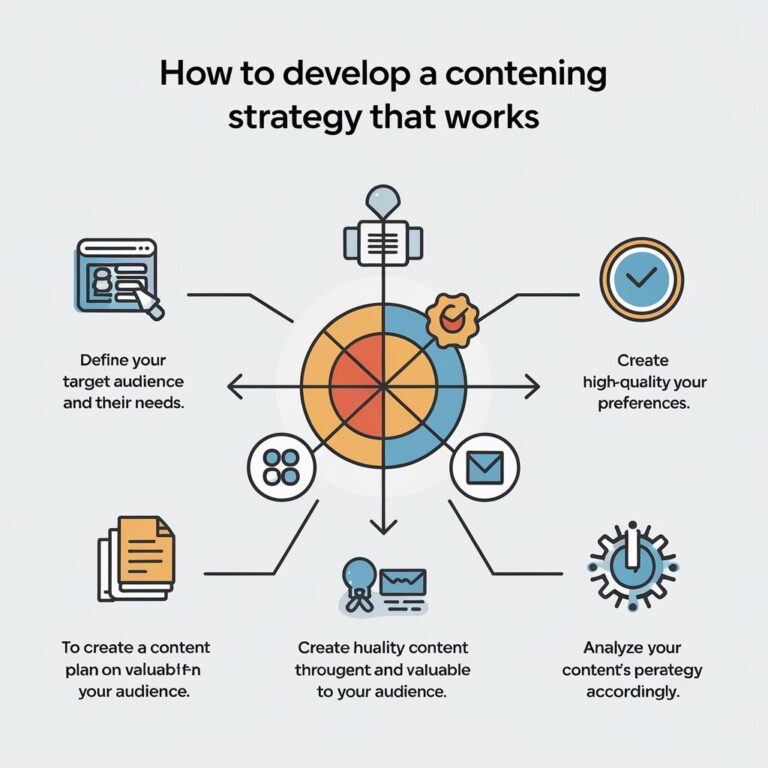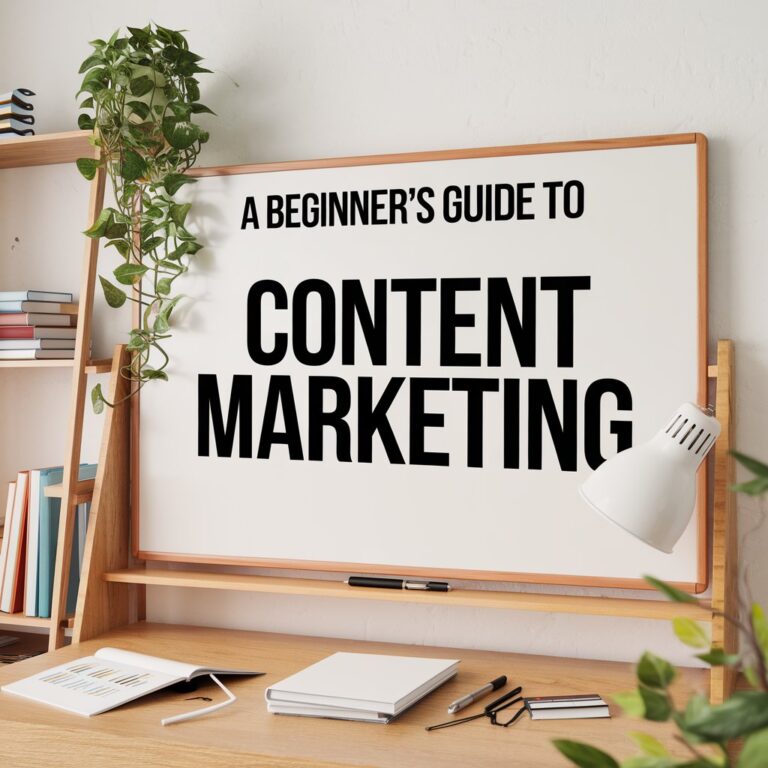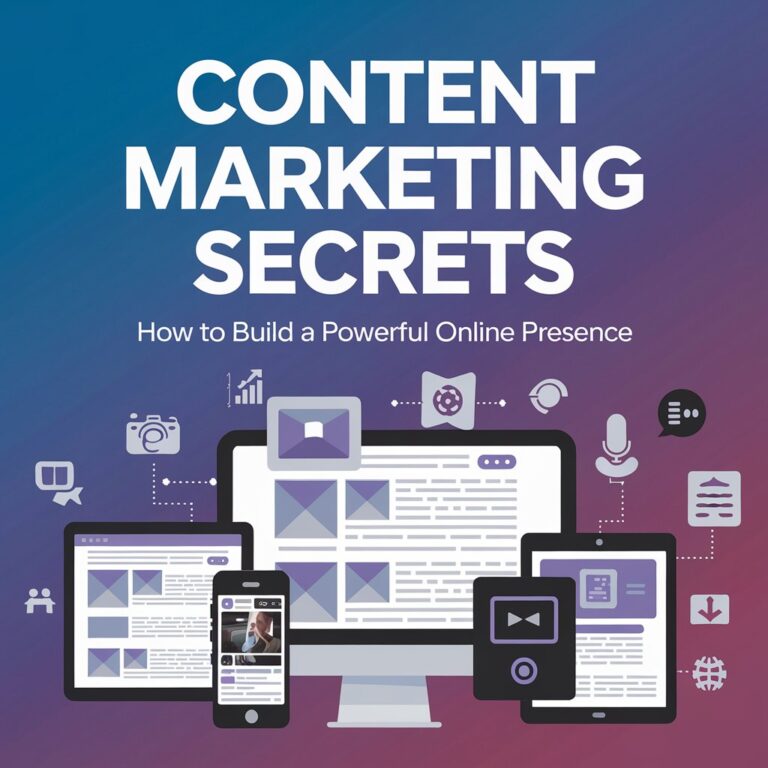In the constantly changing field of marketing, a comprehensive and well-executed campaign is often the key to success. Crafting a 360-degree marketing campaign ensures that every facet of your brand is strategically promoted, leaving a lasting impact on your audience. In this guide, we present ready-to-use 360 marketing campaign templates to elevate your brand to new heights.
1. Campaign Objectives
Primary Goal: Clearly define the main objective of your campaign, whether it’s increasing brand awareness, driving sales, or launching a new product This will help guide other activities.
2. Target Audience
Demographics: Identify the specific demographics of your target audience, including age, gender, location, and interests.
3. Unique Selling Proposition (USP)
Highlight Your USP: Clearly articulate what sets your brand apart from the competition.
4. Channels and Platforms
Online Presence: Outline the digital channels you’ll leverage, such as social media, email, and your website.
Offline Opportunities: Explore traditional channels like print, radio, or events that align with your audience.
5. Content Strategy
Content Calendar: Plan content creation and distribution across all channels, ensuring consistency in messaging.
Storytelling: Craft a compelling narrative that resonates with your audience and aligns with your brand.
6. Visual Identity
Branding Elements: Maintain a cohesive visual identity with consistent use of logos, colors, and imagery.
7. Social Media Plan
Platform Selection: Choose social media platforms based on your audience demographics and campaign goals.
Engagement Strategies: Plan interactive content, polls, and user-generated content to boost engagement.
8. Email Marketing
Segmentation: Divide your email list based on demographics, behaviors, or purchase history for targeted campaigns.
Automation: Implement automated email sequences to nurture leads and drive conversions.
9. Influencer Marketing
Identify Influencers: Collaborate with influencers whose audience aligns with your target demographic.
Partnership Details: Clearly outline terms, expectations, and deliverables in your collaboration agreements.
10. Paid Advertising
Budget Allocation: Allocate budgets effectively across paid channels, such as Google Ads or social media advertising.
Ad Creatives: Develop attention-grabbing visuals and compelling ad copy for maximum impact.
11. Public Relations (PR)
Media Outreach: Create a list of relevant media outlets and journalists to reach out to for coverage.
Press Releases: Draft engaging press releases to share key campaign milestones.
12. Metrics and Analytics
Key Performance Indicators (KPIs): Define measurable KPIs aligned with your campaign objectives.
Monitoring Tools: Use analytics tools to track performance across all channels and adjust strategies as needed.
13. Budget
Detailed Breakdown: Provide a detailed breakdown of expenses, ensuring alignment with campaign objectives.
14. Timeline
Phased Approach: Break down the campaign into phases with specific milestones and deadlines.
15. Contingency Plan
Identify Risks: Anticipate potential challenges and outline contingency plans to guide quick responses.
16. Evaluation and Optimization
Post-Campaign Evaluation: Assess the campaign’s success against predetermined KPIs.
Optimization Strategies: Identify areas for improvement and implement changes for future campaigns.
By utilizing this comprehensive 360 marketing campaign template, you’re well-equipped to navigate the intricacies of modern marketing. Tailor each element to suit your brand’s unique identity, and watch as your campaign unfolds seamlessly across various channels, leaving a lasting impression on your target audience. Success awaits with a well-planned and executed 360-degree marketing approach.
Get ready to embark on a journey of brand growth – your path to business success begins now!


